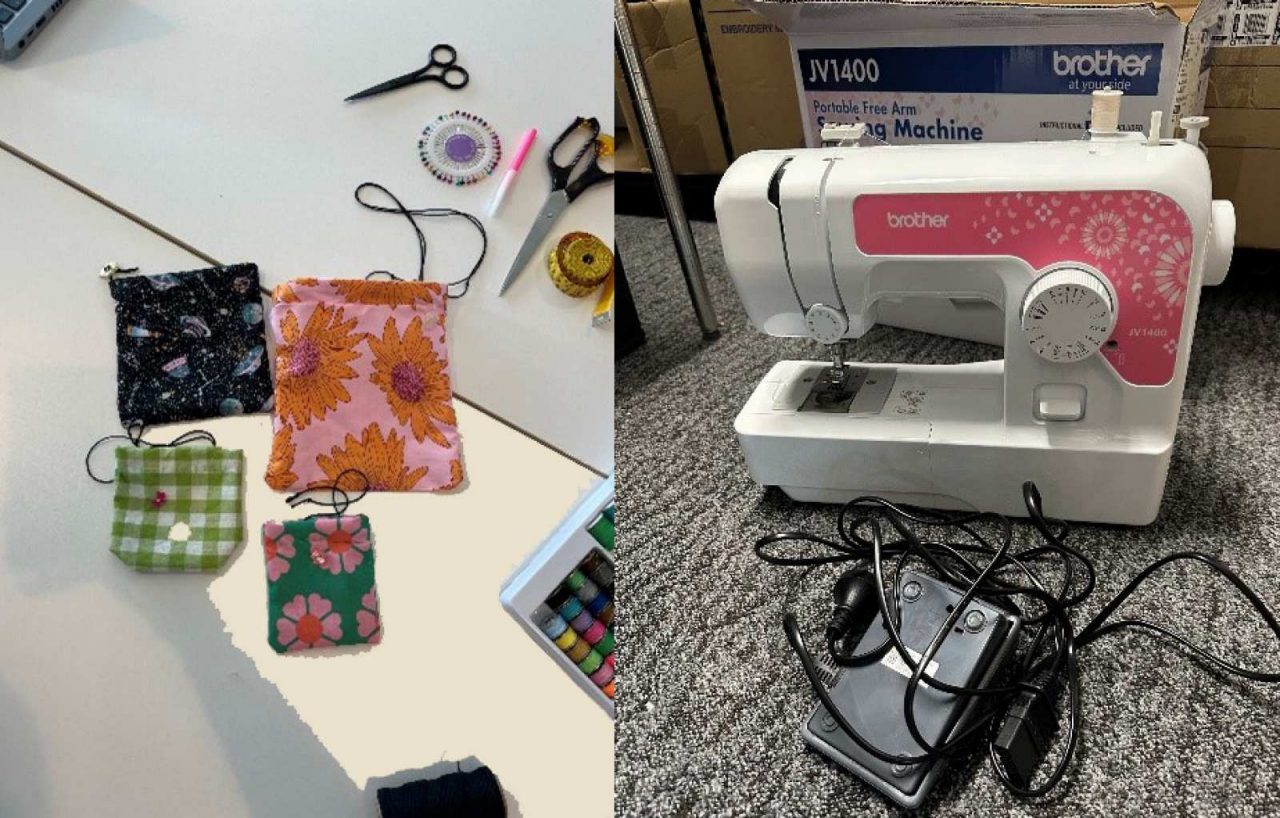To hand-sew, it is important to thread the needle first.
Decide on the stitching technique to be employed:
- Flat sewing: use a running stitch. This technique is frequently used to temporarily hold two pieces of fabric together or to gather fabric.
- Pass the needle and thread pass over and under two pieces of fabric.
- Sew two edges together: use an overcast stitch, also known as a whip stitch. This technique is used to finish raw edges and to attach patches or appliques.
- Push through from one side.
- Pull over the top to create a loop
- Push from the first side again.
To end a stitch: Go back and forth close to the same spot (out of sight preferably) and then cut the thread.
Tips: The key to neat hand stitching is to be consistent with the stitch length and interval between the each stitch.
